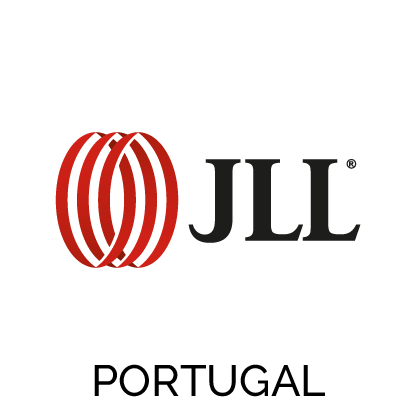In the first three months of the year, 73,700 sqm of office space was occupied in Lisbon, a volume that exceeds by almost four times the 19,300 sqm negotiated in the same period of 2023. In Porto, occupancy in the first three months of this year amounted to 18,000 sqm, more than doubling the 7,700 sqm taken in the same quarter. In quarterly terms, occupancy grew by 82% in Lisbon and 91% in Porto. The data was released by JLL as part of its monthly report analyzing this sector, Office Flashpoint.
Lisbon's activity in the quarter was marked by two large-scale operations, which together account for 59% of the area occupied. Namely the acquisition of 26,700 sqm by Caixa Geral de Depósitos in the Well Be building in 'Parque das Nações' and 17,000 sqm by an undisclosed entity in the Álvaro Pais 2 building.
In the quarter under review, there were 41 office occupation operations in Lisbon, of which 9 involved areas of more than 1,000 sqm. In the first quarter, 'Parque das Nações', with 39% of take-up, was the most dynamic area, followed by 'Novas Áreas de Escritórios', with 35% of the total. In terms of demand, there is clear evidence of Financial Services companies, reflecting some of the largest operations in the quarter, generating 65% of all activity.
In Porto, the reactivation of large-scale operations this year is also noteworthy, with 6 of the 22 transactions in the quarter involving areas of more than 1,000 sqm. More recently, in March, there were the transactions of 4,000 sqm occupied by a company in the Matosinhos Office Center, as well as another 3,000 sqm by Alten in Sousa Aroso 959, the latter a deal also brokered by JLL. In the quarter in question, it was the Matosinhos area that stood out the most, with a 43% share of occupancy in Porto. On the demand side, it was the TMT’s & Utilities companies that were the main driver of the office market in Porto, with 59% of the accumulated take-up.
Sofia Tavares, Head of Office Leasing at JLL, comments that "the results of the first quarter leave us very excited about the projections for the year. Porto, while maintaining lower levels of activity than Lisbon, has a healthy dynamic and good demand indices. In Lisbon, even if we cancel out the effect of the two major transactions, which of course are not the market's usual pattern, we will have an occupancy rate of around 30,000 sqm for the quarter. This translates into year-on-year growth of more than 50%, which is an excellent indicator of demand activity. If we keep up this pace, we'll bring activity back to the usual average transaction levels in the market, reversing last year's slump".





